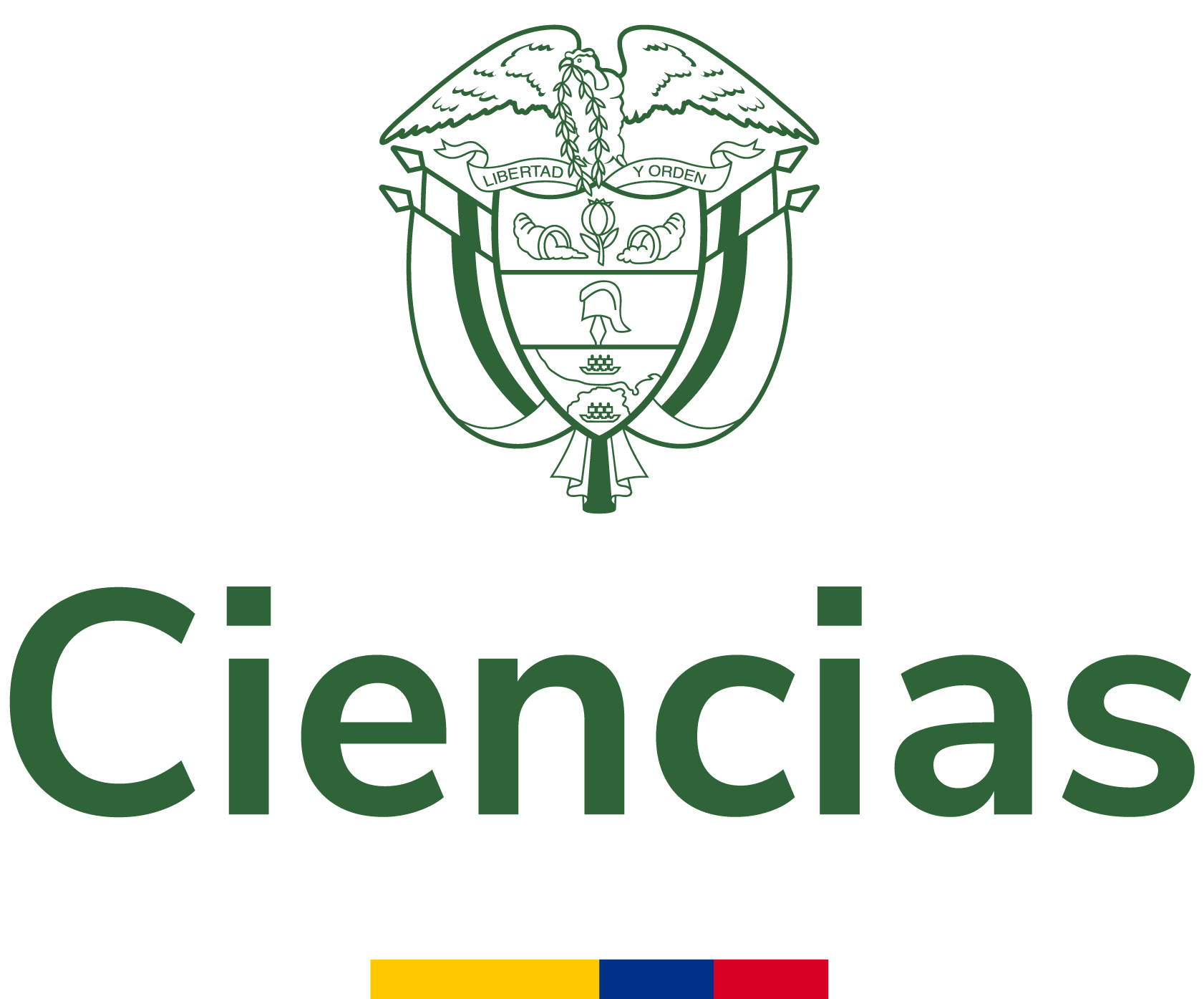Review of the potential for obtaining biohydrogen from microalgae in Colombia
Hydrogen is an essential energy vector considering a transition to a decarbonized system and microalgae are one of the most promising resources for its production. The aim of this work is to review studies related to the production of biohydrogen by means of microalgae to determine and evaluate the...
- Autores:
- Tipo de recurso:
- Fecha de publicación:
- 2022
- Institución:
- Universidad Católica de Pereira
- Repositorio:
- Repositorio Institucional - RIBUC
- Idioma:
- spa
- OAI Identifier:
- oai:repositorio.ucp.edu.co:10785/13714
- Acceso en línea:
- https://revistas.ucp.edu.co/index.php/entrecienciaeingenieria/article/view/2798
http://hdl.handle.net/10785/13714
- Palabra clave:
- Rights
- openAccess
- License
- Derechos de autor 2022 Entre Ciencia e Ingeniería
| id |
RepoRIBUC_5efe7006df3b7d32b73ef4cb4040e4a0 |
|---|---|
| oai_identifier_str |
oai:repositorio.ucp.edu.co:10785/13714 |
| network_acronym_str |
RepoRIBUC |
| network_name_str |
Repositorio Institucional - RIBUC |
| repository_id_str |
|
| spelling |
Review of the potential for obtaining biohydrogen from microalgae in ColombiaRevisión del potencial de obtención de biohidrógeno a partir de microalgas en ColombiaHydrogen is an essential energy vector considering a transition to a decarbonized system and microalgae are one of the most promising resources for its production. The aim of this work is to review studies related to the production of biohydrogen by means of microalgae to determine and evaluate the different production methods and those factors that affect them, as well as their limitations, considering research carried out all over the world and especially in Colombia. The results have shown that dark fermentation has several advantages compared to other methods, it does not demand large growing spaces, hydrogen is produced at a high rate and with high efficiency, and valuable by-products can be obtained. This makes biohydrogen an attractive energy alternative for the country.El hidrógeno es un vector energético indispensable pensando en una transición a un sistema descarbonizado y las microalgas son uno de los recursos más prometedores para su producción. El objetivo de este trabajo es realizar una revisión de estudios realizados para la producción de biohidrógeno a partir de microalgas para determinar y evaluar los diferentes métodos de producción y aquellos factores que los afectan, así como sus limitaciones, considerando investigaciones realizadas en todo el mundo y especialmente en Colombia. Los resultados han demostrado que la fermentación oscura tiene varias ventajas en comparación con otros métodos: no requiere grandes espacios de cultivo, la producción de hidrógeno es rápida y eficiente, y se pueden obtener subproductos valiosos. Esto convierte al biohidrógeno en una alternativa energética atractiva para el país.Universidad Católica de Pereira2023-08-29T03:49:43Z2023-08-29T03:49:43Z2022-12-31Artículo de revistahttp://purl.org/coar/resource_type/c_6501http://purl.org/coar/version/c_970fb48d4fbd8a85info:eu-repo/semantics/articleinfo:eu-repo/semantics/publishedVersionhttp://purl.org/coar/resource_type/c_2df8fbb1application/pdfapplication/xmlhttps://revistas.ucp.edu.co/index.php/entrecienciaeingenieria/article/view/279810.31908/19098367.2798http://hdl.handle.net/10785/13714Entre ciencia e ingeniería; Vol 16 No 32 (2022); 9-15Entre Ciencia e Ingeniería; Vol. 16 Núm. 32 (2022); 9-15Entre ciencia e ingeniería; v. 16 n. 32 (2022); 9-152539-41691909-8367spahttps://revistas.ucp.edu.co/index.php/entrecienciaeingenieria/article/view/2798/2594https://revistas.ucp.edu.co/index.php/entrecienciaeingenieria/article/view/2798/2629Derechos de autor 2022 Entre Ciencia e Ingenieríahttps://creativecommons.org/licenses/by-nc/4.0/deed.es_EShttps://creativecommons.org/licenses/by-nc/4.0/deed.es_ESinfo:eu-repo/semantics/openAccesshttp://purl.org/coar/access_right/c_abf2Castiblanco Urrego, OrlandoSandoval, Juan Andrésoai:repositorio.ucp.edu.co:10785/137142025-01-27T23:58:34Z |
| dc.title.none.fl_str_mv |
Review of the potential for obtaining biohydrogen from microalgae in Colombia Revisión del potencial de obtención de biohidrógeno a partir de microalgas en Colombia |
| title |
Review of the potential for obtaining biohydrogen from microalgae in Colombia |
| spellingShingle |
Review of the potential for obtaining biohydrogen from microalgae in Colombia |
| title_short |
Review of the potential for obtaining biohydrogen from microalgae in Colombia |
| title_full |
Review of the potential for obtaining biohydrogen from microalgae in Colombia |
| title_fullStr |
Review of the potential for obtaining biohydrogen from microalgae in Colombia |
| title_full_unstemmed |
Review of the potential for obtaining biohydrogen from microalgae in Colombia |
| title_sort |
Review of the potential for obtaining biohydrogen from microalgae in Colombia |
| description |
Hydrogen is an essential energy vector considering a transition to a decarbonized system and microalgae are one of the most promising resources for its production. The aim of this work is to review studies related to the production of biohydrogen by means of microalgae to determine and evaluate the different production methods and those factors that affect them, as well as their limitations, considering research carried out all over the world and especially in Colombia. The results have shown that dark fermentation has several advantages compared to other methods, it does not demand large growing spaces, hydrogen is produced at a high rate and with high efficiency, and valuable by-products can be obtained. This makes biohydrogen an attractive energy alternative for the country. |
| publishDate |
2022 |
| dc.date.none.fl_str_mv |
2022-12-31 2023-08-29T03:49:43Z 2023-08-29T03:49:43Z |
| dc.type.none.fl_str_mv |
Artículo de revista http://purl.org/coar/resource_type/c_6501 http://purl.org/coar/version/c_970fb48d4fbd8a85 info:eu-repo/semantics/article info:eu-repo/semantics/publishedVersion |
| dc.type.coar.fl_str_mv |
http://purl.org/coar/resource_type/c_2df8fbb1 |
| status_str |
publishedVersion |
| dc.identifier.none.fl_str_mv |
https://revistas.ucp.edu.co/index.php/entrecienciaeingenieria/article/view/2798 10.31908/19098367.2798 http://hdl.handle.net/10785/13714 |
| url |
https://revistas.ucp.edu.co/index.php/entrecienciaeingenieria/article/view/2798 http://hdl.handle.net/10785/13714 |
| identifier_str_mv |
10.31908/19098367.2798 |
| dc.language.none.fl_str_mv |
spa |
| language |
spa |
| dc.relation.none.fl_str_mv |
https://revistas.ucp.edu.co/index.php/entrecienciaeingenieria/article/view/2798/2594 https://revistas.ucp.edu.co/index.php/entrecienciaeingenieria/article/view/2798/2629 |
| dc.rights.none.fl_str_mv |
Derechos de autor 2022 Entre Ciencia e Ingeniería https://creativecommons.org/licenses/by-nc/4.0/deed.es_ES https://creativecommons.org/licenses/by-nc/4.0/deed.es_ES info:eu-repo/semantics/openAccess http://purl.org/coar/access_right/c_abf2 |
| rights_invalid_str_mv |
Derechos de autor 2022 Entre Ciencia e Ingeniería https://creativecommons.org/licenses/by-nc/4.0/deed.es_ES http://purl.org/coar/access_right/c_abf2 |
| eu_rights_str_mv |
openAccess |
| dc.format.none.fl_str_mv |
application/pdf application/xml |
| dc.publisher.none.fl_str_mv |
Universidad Católica de Pereira |
| publisher.none.fl_str_mv |
Universidad Católica de Pereira |
| dc.source.none.fl_str_mv |
Entre ciencia e ingeniería; Vol 16 No 32 (2022); 9-15 Entre Ciencia e Ingeniería; Vol. 16 Núm. 32 (2022); 9-15 Entre ciencia e ingeniería; v. 16 n. 32 (2022); 9-15 2539-4169 1909-8367 |
| institution |
Universidad Católica de Pereira |
| repository.name.fl_str_mv |
|
| repository.mail.fl_str_mv |
|
| _version_ |
1844494750775771136 |






